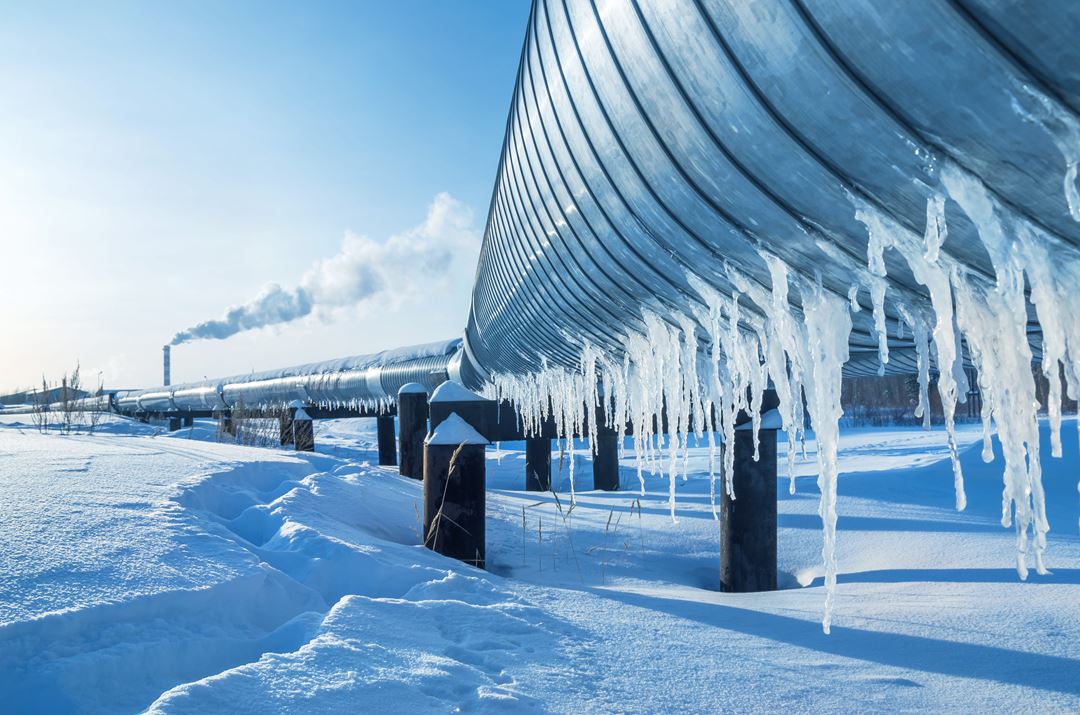Around 30% of the gas reserves and 13% of the oil reserves is located in the Arctic region (US Geological Survey). The resources are available offshore at less than 500 m depth. This makes exploration quite attractive, and the industry is moving north.
The environmental conditions in these regions are quite different from those normally met by the industry, and this may create some major new challenges. Examples are low temperatures, icing and icebergs, frost heave, thaw settlement, lack of infrastructure, long transport distances, long periods without daylight, etc. Heavy operations under installation may have to be performed within limited time window in summer. Although maintenance free solutions should ideally be strived for it is not possible to accomplish in practice. As operation in many cases is located in remote areas, the cost of maintenance and repair is more expensive, and the need for repair, maintenance and replacements should be minimised. The outmost challenge for materials is the low ambient temperature. For steels, this is due to the so-called transition from stable, slow ductile crack growth to unstable, unpredictable brittle fracture.
On this basis, the project comprises:
- Development of a material database for material properties at low temperatures with an integrated toolbox for post-processing of data and modelling
- Characterization of materials at low temperatures and actual loads, including structural steels/pipelines, polymers/polymer coatings and light weight solutions (e.g. aluminium)
- Develop relevant models for materials behaviour and degradation under relevant conditions
SINTEF is responsible for the project, and carry out the research together with NTNU (responsible for 5 PhD candidates and MSc students). The industry partners are Statoil, ENI, Total, Lundin, Aker Solutions, Kværner Verdal, Nexans, FMC Kongsberg Subsea, Marine Aluminium, Hydro, Sapa, Bredero Shaw, Trelleborg, Borealis, Posco, JFE Steel, Kobe Steel, SSAB (former Ruukki Metals) and Scana Steel Stavanger.
The budget is approximately 70 million NOK, and the duration is from June 2013 to June 2018.
